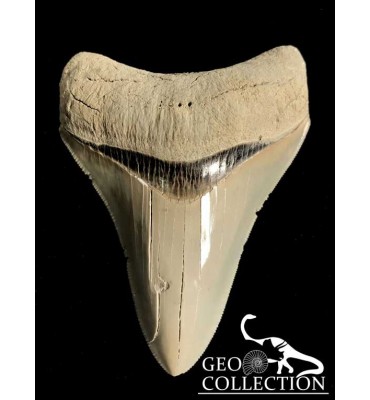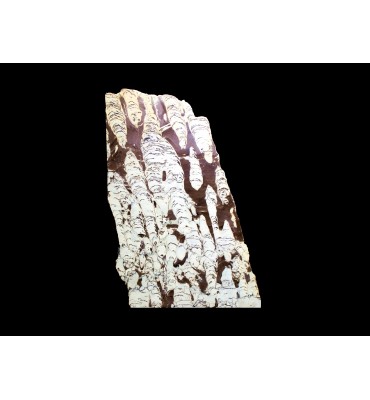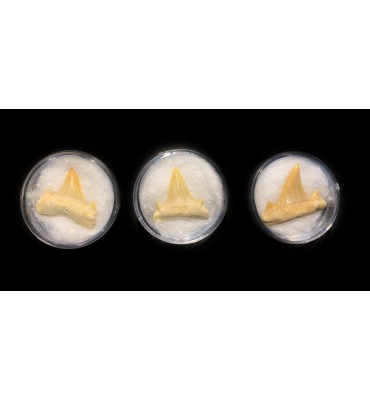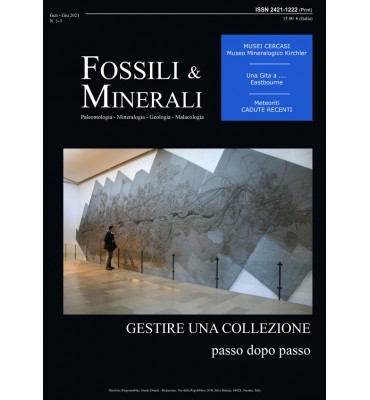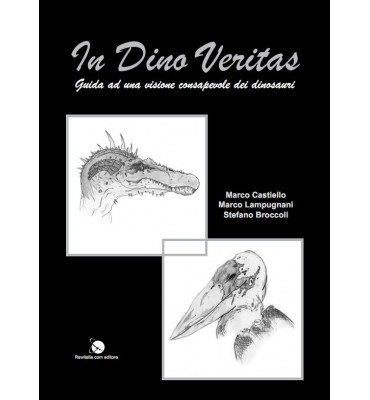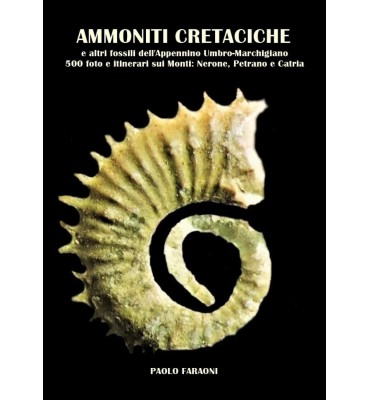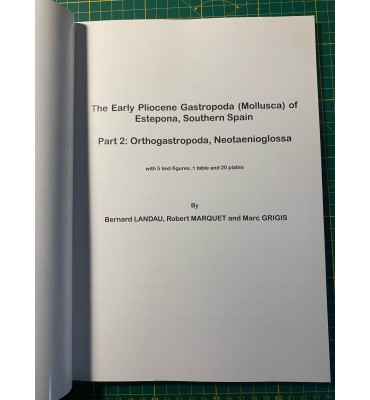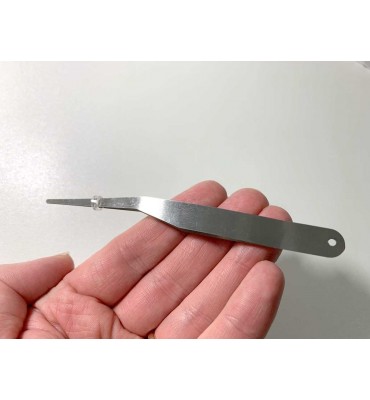The Early Pliocene Gastropoda (Mollusca) of Estepona, southern Spain, Part 2: Orthogastropoda, Neotaenioglossa - 2004
PALAEONTOS 4 - The Early Pliocene Gastropoda (Mollusca) of Estepona, southern Spain, Part 2: Orthogastropoda, Neotaenioglossa - 2004
Landau, B., Marquet, R. & Grigis, M.
2004
108 pp., 20 pls, 1 tab., 5 figs, br. 4
USED COPY with details in photos BUT IN EXCELLENT CONDITION

Secure purchase with SSL protocol

Shipments always with Tracking
 Goods return policies
Goods return policies
See our Shipping and Returns page
In this work, the second in the series giving a systematic account of the Gastropoda of the Early Pliocene deposits of Estepona, province of Málaga, Spain, part of the Orthogastropoda and Neotaenioglossa are figured, described and discussed. 95 species were encountered, most of them new to the study area. Eight taxa are new to science: Melarhaphe silvae nov. sp., Alvania cathyae nov. sp., Alvania seanlandaui nov. sp., Microstelma lapernae nov. sp., Teinostoma (Megatyloma) magnoiberica nov. sp., Macromphalus lozoueti nov. sp., Hipponix explicatus nov. sp. and Cerithioderma pliocenica nov. sp. The faunal composition is compared with that of the Atlantic, North Sea basin, Mediterranean and Paratethys.
The fauna is rich and diverse, not only in groups well-known to the Pliocene Mediterranean, such as the Turritellidae, Strombidae and Xenophoridae, but in other groups rarely reported in the Pliocene literature, such as the Littorinidae and the Vanikoridae. Of the 95 species treated in this part, 46 are still living, giving an extinction rate of 48%. The presence of Strombus coronatus places the Estepona fauna in the biostratigraphic unit MPMU 1, between 5.0 and 3.0 Ma., roughly equivalent chronostratigraphically to the Early Pliocene (Zanclean + early Piacenzian). We suggested in the first part of this work that the Málaga basin may have been ‘sanctuary’ for certain Miocene species and further taxa are added to this relict fauna in the present work. Within the Rissoidae, similarities between the Recent Mediterranean and West African faunas have recently been reported in the literature and even closer affinities are found between the Early Pliocene Alboran Sea and Recent West African Rissoidae.
Specific References
You might also like
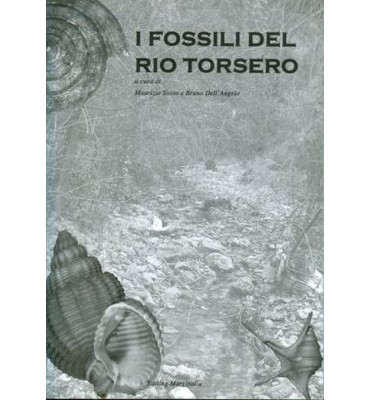

- -25%
I Fossili del Rio Torsero . Maurizio Sosso e Bruno dell'Angelo - LIB-00005
"I Fossili di Rio Torsero" Maurizio Sosso e Bruno dell'Angelo The most recent and complete description of the Pliocene malacofauna of the Torsero river.Editing Marginalia, 2010 (Prato: Cartotecnica Beusi) Pages: 95Explanations and tables in black and white colors, 254 illustrated species(Polyplacophora, Gastropoda, Scaphopoda, Bivalvia)

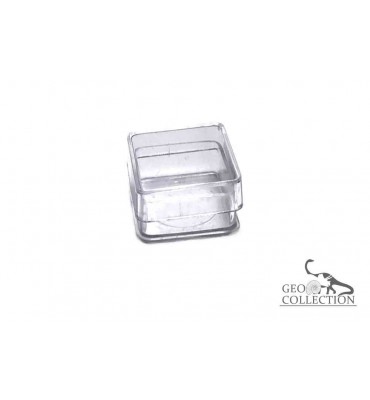
TQ001 - Transparent box 18x18x8 mm
Transparent plastic box with a square base.Size: mm 18x18x8 ext. - mm. 15x15x7 int. Packs of 100/300/1000 pieces.For different quantities contact us ALL PRICES INCLUDE VAT NEWS September 2022 available pre-cut adhesive labels on paper suitable for writing with pen and / or pencil ETI001 code...
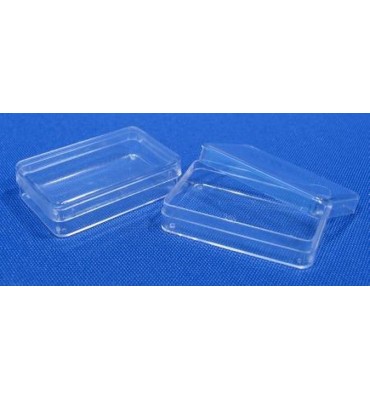

TR004 - Transparent box mm 55x35x15
Dimensions: mm 55x35x15 est. - mm 52x32x13 int. Ultra transparent plastic box with a rectangular base.Excellent quality.

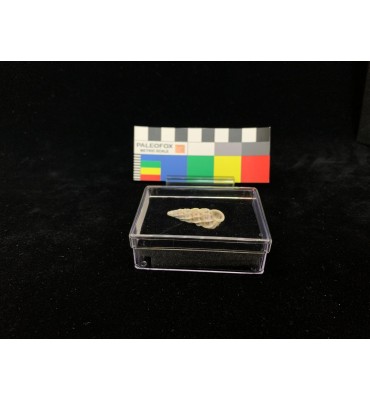
TR013 - Transparent box 66x48x23 mm
Transparent plastic box with a rectangular baseSize: mm 66x48x23 ext. - 62x44x21 mm int. For different quantities contact usALL PRICES INCLUDE VAT


- On sale!
- Out-of-Stock
LIB027 - I Fossili di Orciano Pisano
I Fossili di Orciano Pisano.Atlante iconografico.Mauro M. Brunetti & Massimo Cresti 2019 Edizioni Danaus, PalermoPages: 232 Atlas of 232 color pagesColor hardcover Volume dedicated to the study of the Pliocene fossils of Orciano Pisano (Tuscany, Italy).ALL PRICE ARE VAT INCLUDE


- Out-of-Stock
Didactic stereo microscope for mineralogy, paleontology and malacology ST-36C-6
Binocular observation tube Interpupillary distance 51-79 mm Observation tube tilt 45 ° tilt, 360 ° rotation WF10X / 20mm eyepieces Type of objectives Magnification exchanger 2X-4X objectives Focus system Focus system with tension adjustment LED lighting 3.1V / 60mA External Transformer Power supply Power supply 100-240V or rechargeable batteries...


- -20%
Gallura - Rocce e minerali. Aspetti geologici, storici, giacimentologici e mineralogici
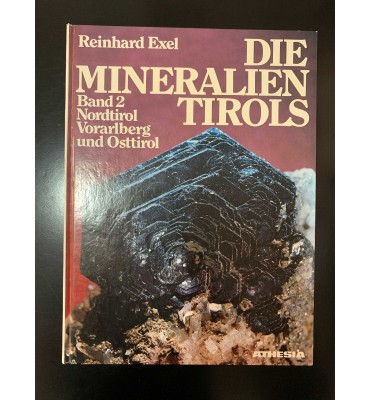

- -25%
Die Mineralien Tirols. Band 2. Nordtirol. Vorarlberg und Osttirol
Mineralien Tirols (Die). Band 2. Nordtirol. Vorallberg und osttirol. Rigid cover - January 1, 1982 by Exel Reinhard. (Author) ISBN 10: 3702214526 ISBN 13: 9783702214524 Publishing house: Athesia, 1982 200 color pages Used volume Cover with signs of discoloring due to sunlight For the rest, the volume is kept very well and the interior is as if it were...
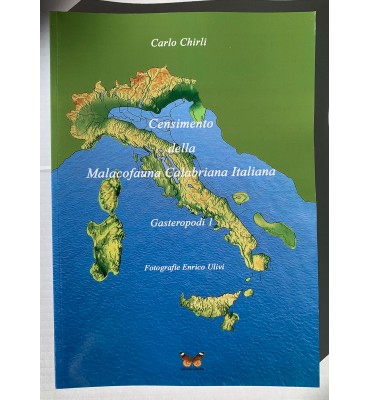

Censimento della Malacofauna Calabriana italiana, gasteropodi I - 2022
Censimento della Malacofauna Calabriana italiana Volume Gasteropodi I - 2022 Edizioni Danaus 2022 Pagine:162

